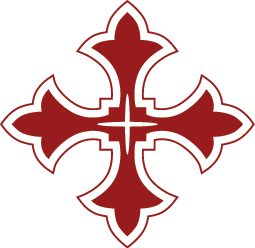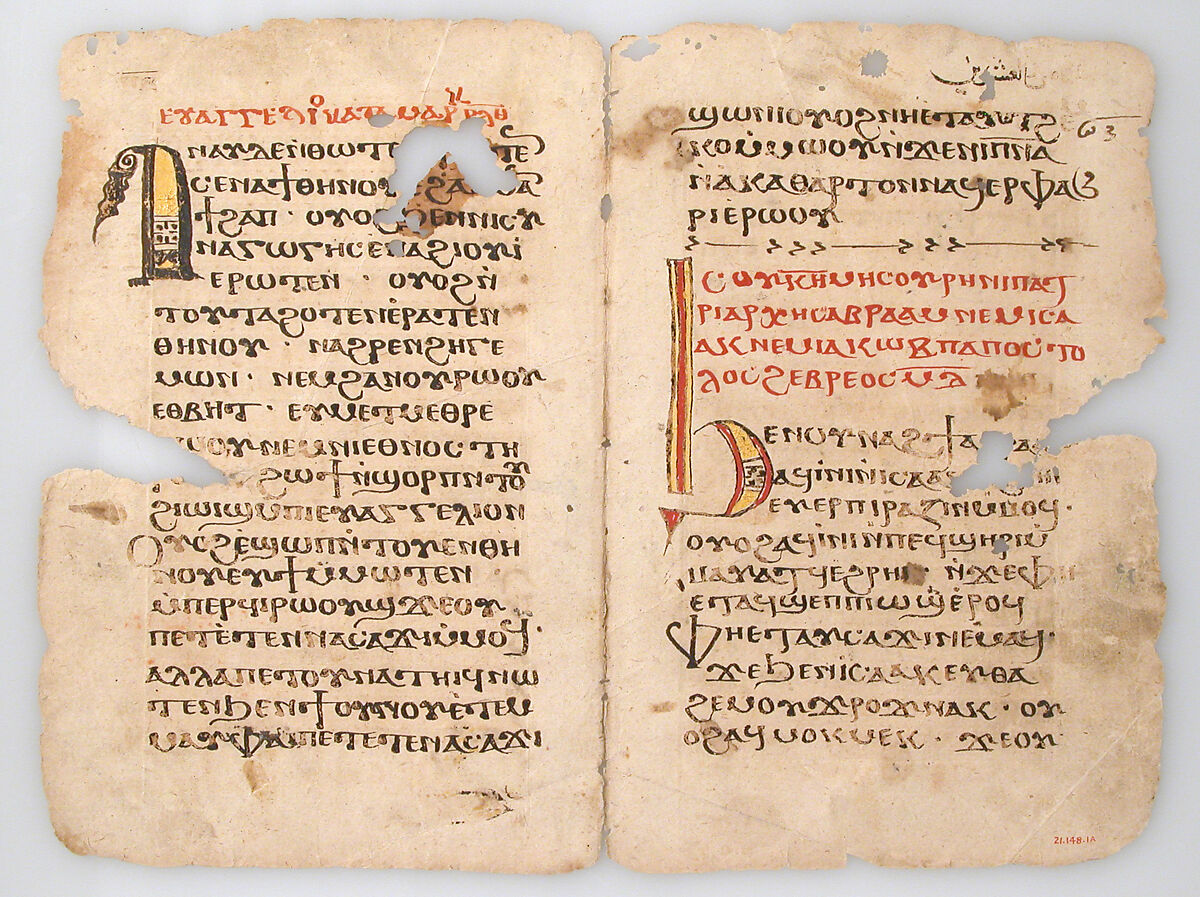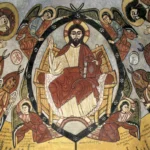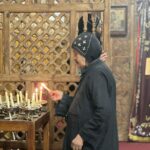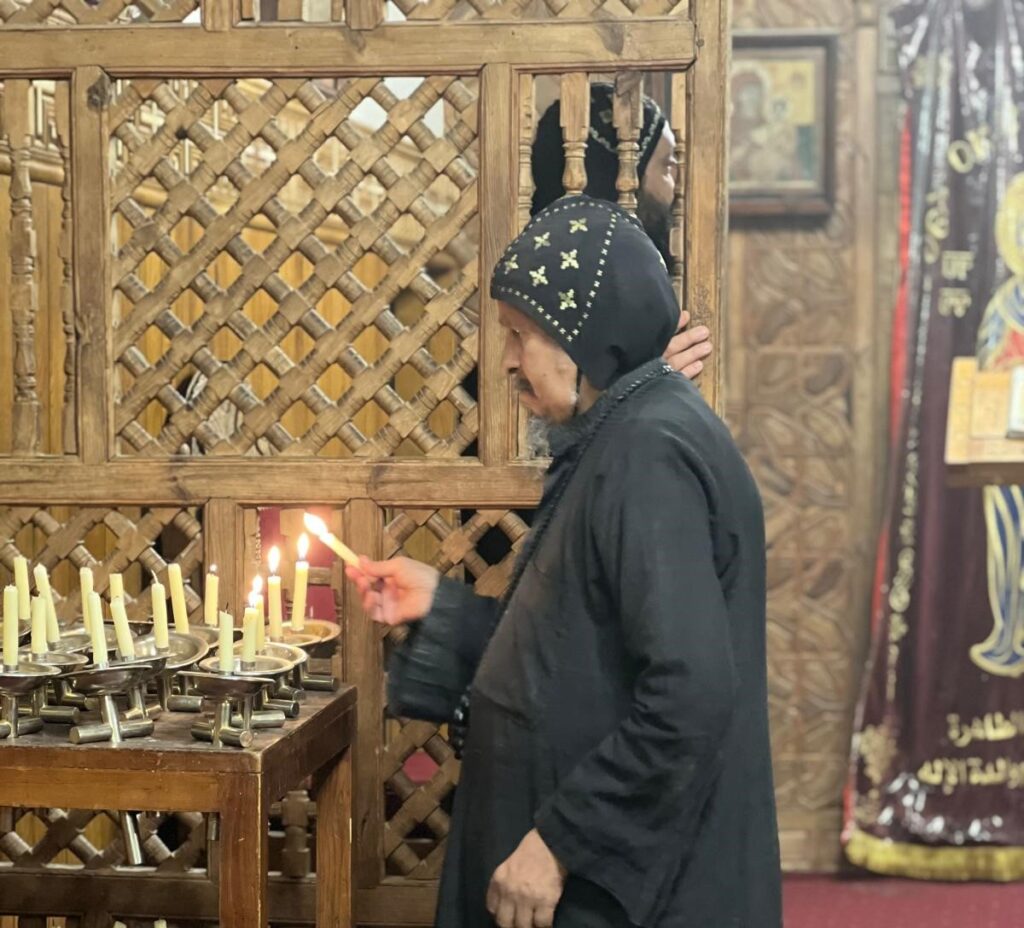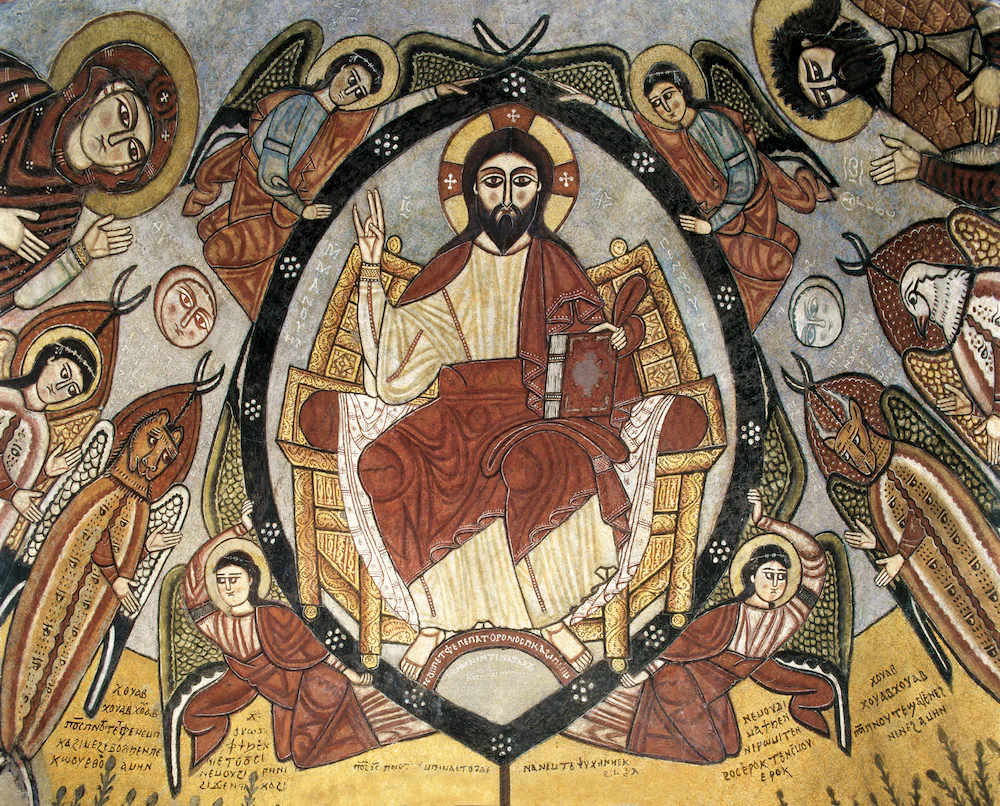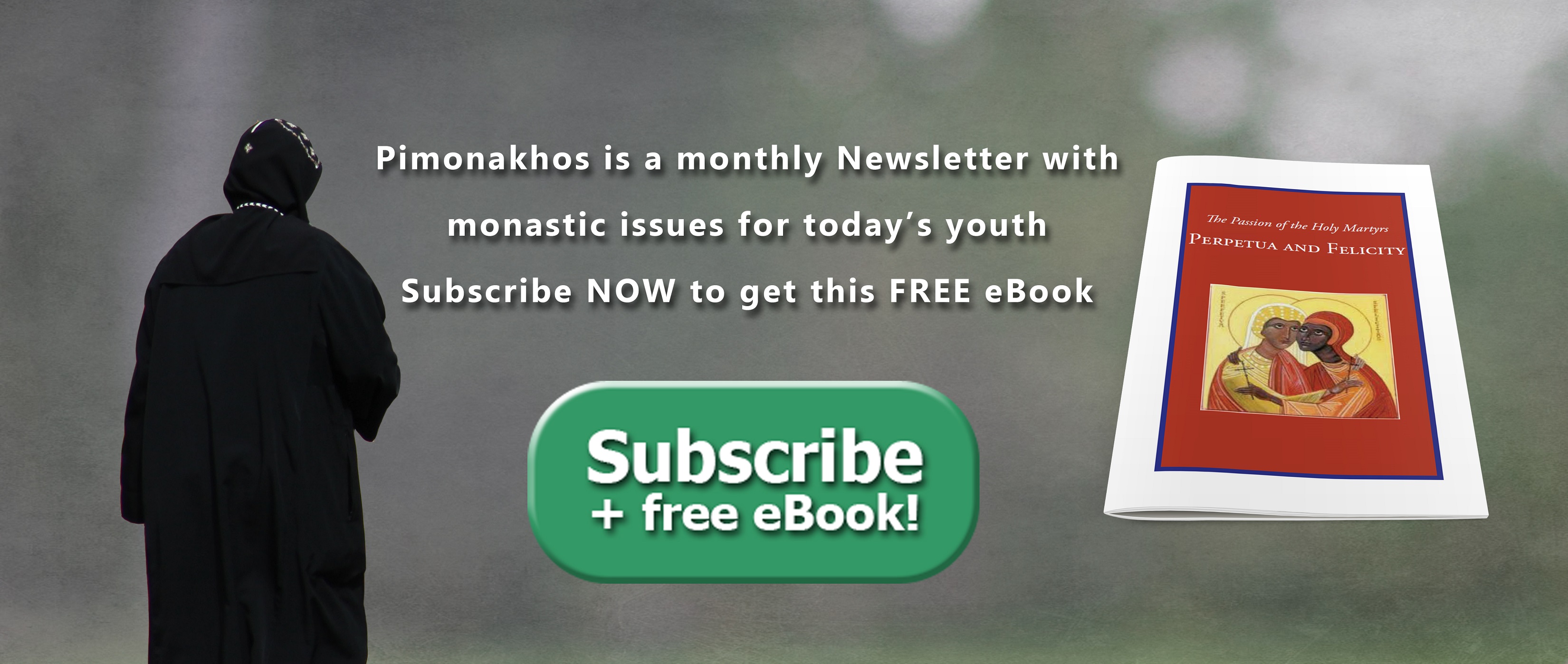By: George Kyrillos The Coptic language is musical, similar to the Italian language. With its seven vowels, the Coptic language has found itself reigning supreme over music. The vowels in the Coptic language are divided into three categories: The vowels inclined to the "open" sound: which is just one letter, Alpha (ⲁ). The vowels …
By: George Kyrillos
The Coptic language is musical, similar to the Italian language. With its seven vowels, the Coptic language has found itself reigning supreme over music. The vowels in the Coptic language are divided into three categories:
- The vowels inclined to the “open” sound: which is just one letter, Alpha (ⲁ).
- The vowels inclined to the “breaking” sound: which are four letters: (ⲉ, ⲏ, ⲓ, ⲩ).
- The vowels inclined to the “round” sound: which are two letters: (ⲟ, ⲱ).
Although the number of seven vowels is quite large compared to other languages, such as Arabic, which has only three vowels: “ا” (A), “و” (W), and “ي” (Y), the musicality of the Coptic language doesn’t stop at these seven vowels. It goes further by providing open, broken, and rounded vowels with additional dimensions when some vowels are placed next to each other. For example, two adjacent vowels like “O” and “Upsilon” (ⲩ ⲟ), or even sometimes three adjacent vowels. There are many examples of vowel adjacency and how to pronounce them.
Moreover, some Coptic vowels may be pronounced as silent when placed next to certain other letters, such as the “Iota” letter, like its pronunciation at the end of the word “Fai” (Ⲫⲁⲓ), which means “this.” The “Iota” is pronounced silently despite being adjacent to the open vowel “Alpha” (ⲁ). Interestingly, the word (Ⲫⲁⲓ) has not lost its musicality because the open vowel “Alpha” managed to override the breaking vowel “Iota,” which here was pronounced silently. This is why the word (Ⲫⲁⲓ) became the opening of the beautiful hymn “Fai Etav Enof” (The Hymn of the Cross: “This is He Who Offered Himself as a Sacrifice”).
Dr. Magid Samuel [68] researched the roots of the vowels and revealed the mystery of one of the most distinctive features of Coptic hymns: the Melismatic Style.
The researcher discussed the Pharaonic and Greek roots of the vowels, explaining that vowels carry more sounds than consonants. This is why the ancient Egyptians used vowels in their melodies in the hieroglyphic texts of “Horus” and “Apollo,” and these seven vowels are known as “Paramata.”
There is also a Middle Kingdom wall drawing from the tombs of Beni Hassan, showing a
group of singers singing letters depicted in two columns inscribed above each singer. Scholars have interpreted these sequential inscriptions as sounds coming from the singers. The column showing the repetition of these letters can be understood as training in singing at the end of each sentence or as elongation of a particular word, similar to what occurs now in Coptic Church hymns.
Some inscriptions were found in the city of Miletus [69] in Ionia, on relics and papyri related to the vowels in ancient cultural heritage. These inscriptions were found on the northern exterior wall of the city’s theater, and a stone piece in the city attracted the attention of many archaeologists. The scholar Boeckh [70] saw that the group of planets inscribed were (Saturn, Jupiter, Mars, Earth, Venus), and on the second line, we read at the top of each oval shape the seven vowels of the Greek alphabet. Mark the Heretic [71] found that these seven vowels represent the seven heavens and that the Egyptians and Greeks used these letters to symbolize the seven musical notes of the heptachord, the seven-stringed lyre.
Aside from the negative effect of translating Coptic hymns into Arabic, considering it as a spiritual heritage handed down from the early fathers on the one hand, and as a musical legacy for the world on the other hand, it has become clear that it is impossible to arrange the translated Coptic hymn words in Arabic according to the same original Coptic hymn tones. This is due to the inequality of vowels between Arabic, with its three vowels, and Coptic, with its seven vowels. The musical capacity of the Coptic language is more than double that of the Arabic language, despite Arabic compensating for its vowel deficiency by using diacritical marks such as the Fatha, Kasra, Damma, and Shadda.
Join Us: Sign Up Today!

